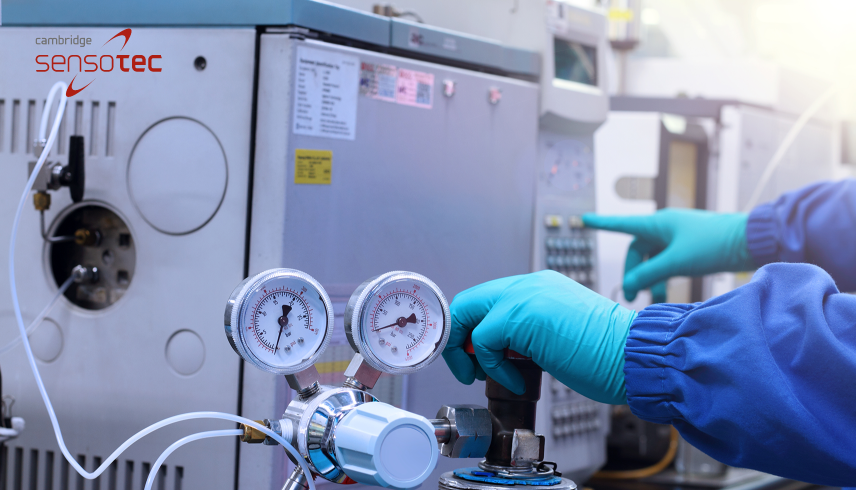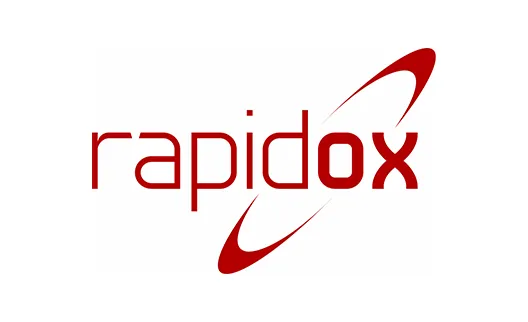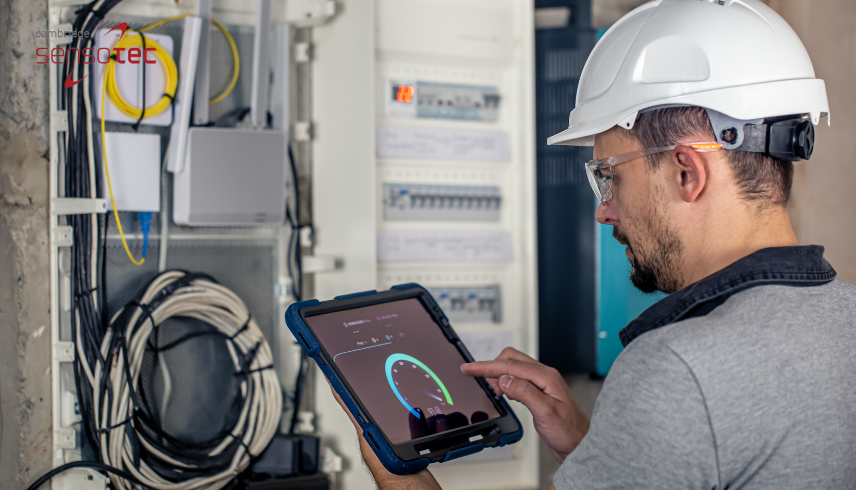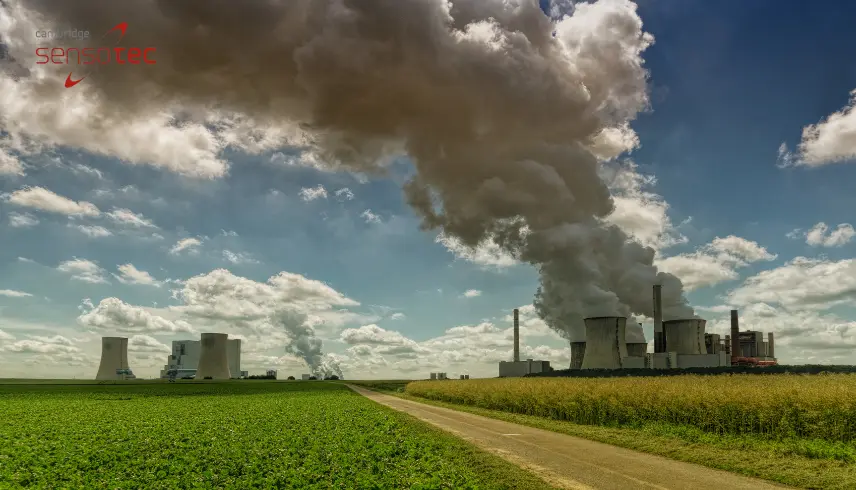

Revolutionising SF6 Switchgear with Modern Controls: A New Era in Gas Analysis
Introduction
Sulphur hexafluoride (SF6) switchgear has been a staple in the electrical industry for decades, offering unparalleled insulation and arc-quenching capabilities. However, with growing environmental concerns and the need for enhanced operational efficiency, modern controls have emerged as a game-changer in gas analysis. This article delves into how SF6 switchgear is being revolutionised by modern controls, marking a new era in gas analysis.
What is SF6?
Chemical Properties of SF6
SF6, or sulphur hexafluoride, is a man-made gas known for its excellent insulating properties. It is colourless, odourless, non-flammable, and extremely stable, making it an ideal insulator in high-voltage electrical equipment. Its chemical formula is SF6, consisting of one sulphur atom surrounded by six fluorine atoms, forming a tightly bound octahedral structure.
Applications of SF6 in Switchgear
SF6 is primarily used in switchgear due to its high dielectric strength and arc-quenching properties. This means it can effectively insulate electrical components and extinguish electrical arcs, preventing equipment damage and ensuring safety. Its use is prevalent in high-voltage circuit breakers, gas-insulated switchgear (GIS), and other electrical apparatus.
The Role of Switchgear in Electrical Systems
Basic Functionality and Importance
Switchgear is essential for controlling, protecting, and isolating electrical equipment in power systems. It ensures the safe distribution of electricity, maintains power quality, and protects equipment from faults. Switchgear is a critical component in both transmission and distribution networks, ensuring the reliability and safety of power supply.
Types of Switchgear
Switchgear can be broadly classified into two types: air-insulated switchgear (AIS) and gas-insulated switchgear (GIS). AIS uses air as the insulating medium, while GIS utilises SF6 gas. GIS is preferred for its compact size, lower maintenance requirements, and superior performance in harsh environments.
Challenges in Traditional SF6 Switchgear
Environmental Impact
SF6 is a potent greenhouse gas with a global warming potential 23,500 times greater than carbon dioxide. Despite its advantages in electrical insulation, its environmental impact cannot be ignored. Leakages and emissions during production, use, and disposal contribute significantly to global warming, prompting stricter regulations and the search for alternatives.
Regulatory Challenges
Due to its environmental impact, SF6 is subject to stringent regulations. Governments and regulatory bodies worldwide are imposing stricter controls on its use, handling, and disposal. Compliance with these regulations requires continuous monitoring and innovative solutions to mitigate its environmental footprint.
Maintenance and Operational Issues
Leak Detection
Leak detection is a significant challenge in SF6 switchgear. Even minor leaks can lead to substantial environmental harm and operational inefficiencies. Traditional methods of leak detection are often time-consuming and require regular maintenance checks, increasing operational costs.
Safety Concerns
SF6 is non-toxic but can displace oxygen in enclosed spaces, posing a suffocation risk. Ensuring the safety of personnel working with SF6 switchgear is paramount. Effective ventilation systems, gas monitoring, and safety protocols are essential to mitigate these risks.
Operational Efficiency
Traditional SF6 switchgear requires regular maintenance to ensure optimal performance. This includes periodic inspections, gas top-ups, and component replacements. These maintenance activities can be costly and time-consuming, affecting the overall efficiency of the electrical network.
Introduction to Modern Controls in SF6 Switchgear
What are Modern Controls?
Modern controls refer to advanced systems and technologies used to monitor, control, and optimise the performance of electrical equipment. These controls incorporate digital sensors, automated diagnostics, real-time data analytics, and advanced communication protocols to enhance the functionality and efficiency of SF6 switchgear.
Key Components of Modern Control Systems
Modern control systems comprise several key components, including digital sensors, programmable logic controllers (PLCs), human-machine interfaces (HMIs), and communication networks. These components work together to provide real-time monitoring, automated diagnostics, and predictive maintenance capabilities.
Integration with SF6 Switchgear
Technological Advancements
The integration of modern controls with SF6 switchgear leverages technological advancements in sensors, data analytics, and communication protocols. Digital sensors enable precise measurement of gas parameters, while data analytics and machine learning algorithms provide actionable insights for optimising performance and predicting failures.
Benefits of Integration
Integrating modern controls with SF6 switchgear offers several benefits, including enhanced accuracy, improved safety, and reduced environmental impact. Real-time monitoring and automated diagnostics ensure optimal performance and early detection of issues, minimising downtime and maintenance costs.
Revolutionising Gas Analysis with Modern Controls
Advances in Gas Analysis Techniques
Modern controls enable real-time monitoring of SF6 gas parameters, including pressure, temperature, and gas composition. This continuous monitoring allows for immediate detection of abnormalities, ensuring timely intervention and preventing equipment failures.
Automated Diagnostics
Automated diagnostics utilise advanced algorithms to analyse data from digital sensors and identify potential issues. These diagnostics can predict failures, recommend maintenance actions, and generate alerts for immediate attention, enhancing the reliability and efficiency of SF6 switchgear.
Benefits of Modern Controls in SF6 Switchgear
Improved Accuracy
Modern controls provide accurate and reliable measurements of SF6 gas parameters, ensuring precise control and optimisation of switchgear performance. This accuracy minimises the risk of faults and enhances the overall reliability of the electrical network.
Enhanced Safety
By continuously monitoring gas parameters and providing automated diagnostics, modern controls enhance the safety of SF6 switchgear. Early detection of issues and timely intervention prevent equipment failures and reduce the risk of accidents, ensuring the safety of personnel and assets.
Environmental Benefits
Modern controls contribute to environmental sustainability by reducing SF6 emissions and minimising the environmental impact of switchgear operations. Accurate monitoring and leak detection ensure compliance with regulatory requirements and promote the responsible use of SF6.
Future Trends in SF6 Switchgear and Modern Controls
Emerging Technologies
Artificial intelligence (AI) and machine learning (ML) are set to revolutionise SF6 switchgear by enabling advanced data analytics and predictive maintenance. These technologies can analyse vast amounts of data, identify patterns, and provide actionable insights for optimising performance and preventing failures.
The Internet of Things (IoT) facilitates seamless integration of SF6 switchgear with other smart devices and systems. IoT-enabled sensors and communication networks enable real-time data exchange, enhancing the functionality and efficiency of modern controls.
Regulatory and Environmental Considerations
Evolving Standards
Regulatory standards for SF6 and its alternatives are continuously evolving. The future of SF6 switchgear will be shaped by stricter regulations and the development of more environmentally friendly alternatives. Staying abreast of these changes is crucial for compliance and sustainability.
Impact on Future Designs
Future designs of SF6 switchgear will prioritise environmental sustainability and operational efficiency. Innovations in materials, gas alternatives, and control systems will drive the development of more advanced and eco-friendly switchgear solutions.
Summary of Key Points
Recap of Benefits of Modern Controls
Modern controls are revolutionising SF6 switchgear by enhancing accuracy, safety, and environmental sustainability. Real-time monitoring, automated diagnostics, and predictive maintenance are key benefits that improve operational efficiency and reduce costs.
Future Outlook for SF6 Switchgear
The future of SF6 switchgear lies in the continued integration of advanced technologies and compliance with evolving regulatory standards. Innovations in AI, IoT, and environmentally friendly materials will drive the development of next-generation switchgear solutions.
Final Thoughts
The integration of modern controls in SF6 switchgear marks a new era in gas analysis. By leveraging advanced technologies and adhering to regulatory requirements, the electrical industry can achieve greater efficiency, safety, and sustainability. The revolution in SF6 switchgear is just beginning, and the future promises even greater advancements and innovations.


